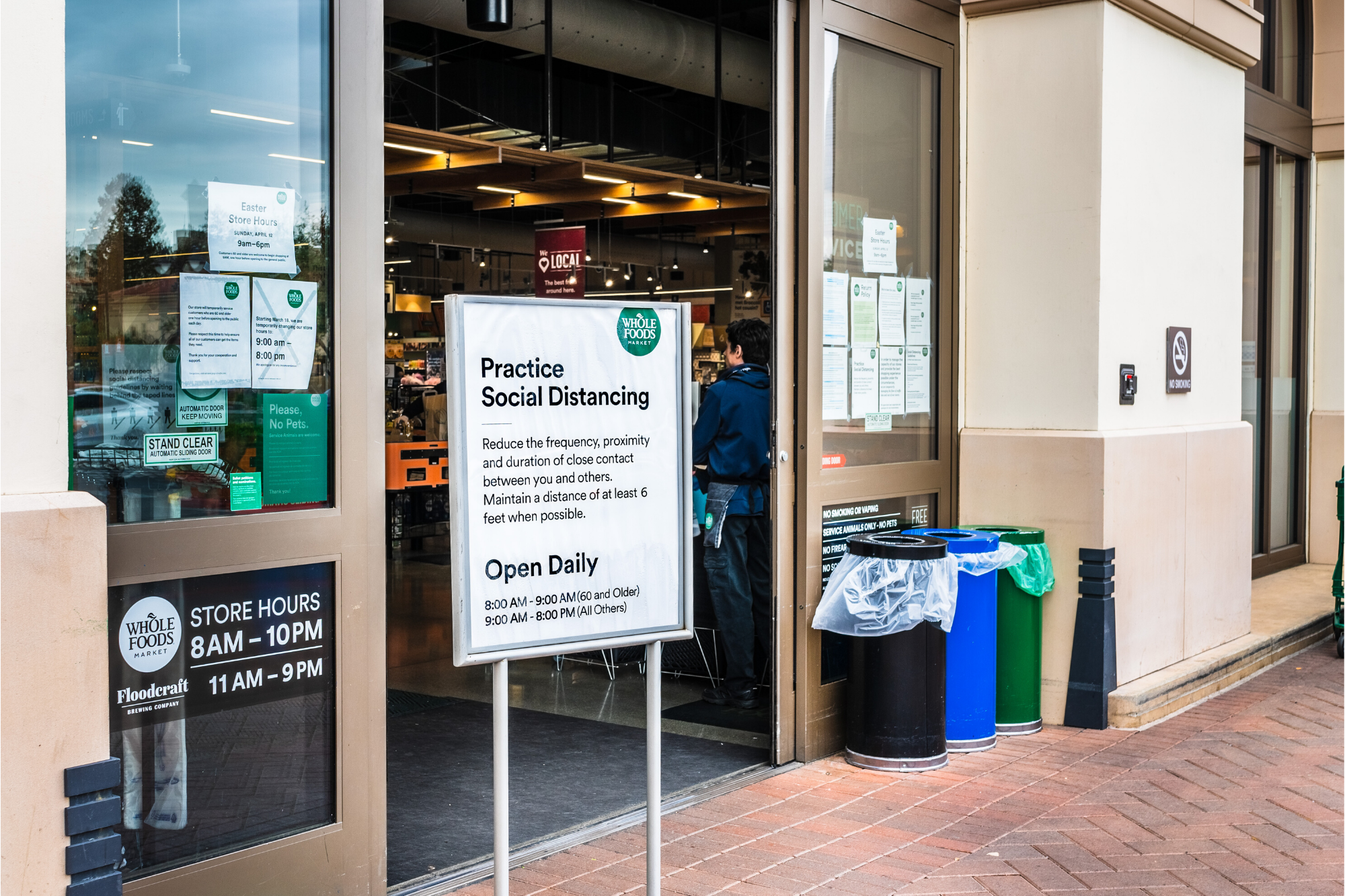Wayfaring signs are everywhere and we do not often acknowledge them by their name. If you have ever seen a sign that is designed to help you know where to go in either a new city, large venue or hospital, then you have seen a wayfaring sign. Also known as navigational or directional signs, this form of signage has plenty of different uses to keep in mind. Here is a list of the different types of wayfaring signs you may come across (as well as how to use them):
1. Identification Wayfaring Sign
This is the most common type of wayfaring sign and is used in lots of different kinds of environments, both inside and out. The purpose of an identification wayfaring sign is to tell you where you are located. Identification wayfaring signs work best when they are left to be short and simple, as then the information is portrayed as clear and precise.
For example, if you are standing outside an office and the office has a sign that reads “Director”, that is a clear example of what an identification wayfaring sign is. From this sign, you can tell where you are located. It is best to sometimes only keep an identification wayfaring sign to a couple of words, as this is the best way to keep your identification wayfaring sign clear.
Here are some examples of what an identification wayfaring sign may look like:
- Post sign
- Identifying public areas like bathrooms
- Names for conference rooms or offices
- Description of the location at entrances and exits such as “you are here”
2. Informational Wayfaring Sign
An informational wayfaring sign is a bit different from an identification wayfaring sign as they do not necessarily help a person find their way or location. An informational wayfaring sign is meant to help someone in a location rather than tell them where they are or how to get somewhere. For example, an informational wayfaring sign will tell you useful information you may need to know while you are at the location. These signs could include cautions, rules, or policies as guidance on how to behave in an area. Informational wayfaring signs can also be in the form of specific information on business opening and closing times.
It is very common for every business that you walk into to have an informational wayfaring sign as it legally is required in some cases. Legally, it can cover a business when there are any risks of safety in their workplace. A business will have to cover themselves with the appropriate informational wayfaring signage in case anyone gets hurt on their property.
Here are some examples of what an informational wayfaring sign may look like:
- Caution or warning signs
- Reserved parking spot signs
- Opening and closing times
- Locations to access information
- Free WIFI or a list of rules
3. Regulatory Wayfaring Sign
Known as the most serious type of wayfarings signs, regulatory wayfaring signs set rules for how to act in an establishment and therefore are very important. These rules tend to be very serious and therefore are not to be taken lightly as not following these rules could cause issues in safety or property damage.
An example of a regulatory wayfaring sign is a sign you have most likely seen in hundreds of stores: NO SMOKING. These signs are often describing prohibitions and the warming of dangerous risks.
Here are some examples of what a regulatory wayfaring sign may look like:
- Warnings on PPE
- Warning on health and safety rules
- Warning of danger
- Off limit signs
- Speed limits
 4. Directional Wayfaring Sign
4. Directional Wayfaring Sign
This type of wayfaring sign is the most similar to the identification wayfaring sign. A directional wayfaring sign will be any kind of sign that tells you where to go. This kind of sign could be internal or external. The purpose of a directional wayfaring sign is very simple and they are the easiest to indeed and understand. When you see a directional wayfaring sign, it is often accompanied by a symbol such as an arrow. It is very important to have these symbols accompanying a directional wayfaring sign as this will also instruct those who do not read the same language that is on the sign or those who do not read well.
Here are some examples of what a directional wayfaring sign may look like:
- Directions to parking
- Directions to entrances or exits
- Signs to location elevators
- Signs to show you how to get to each floor of a building
- Overhead signs at junctions
How Can Tupp Signs Help?
When it comes to designing signage, Tupps Signs can help you communicate your message clearly while also creatively and make sure that the quality of your signage matches the quality of your business.
Tupps Signs has the experience to create eye-catching and personalized signage thanks to our expert team. At Tupp Signs, we specialize in the conceptualization of your ideas, as well as the manufacturing and installation of your customized design. Our main aim is to create signage that matches your business needs.
If you are interested in creating signage for your business or want more information such as quotes or advice, please fill out the contact form!


